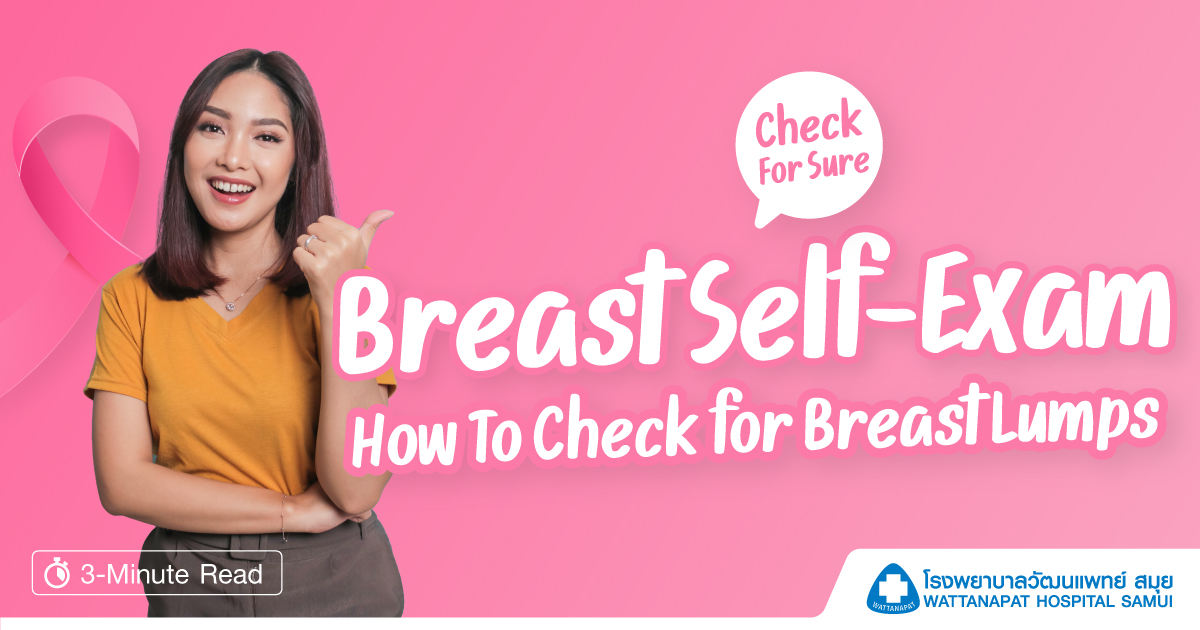Breast Self-Exam How To Check for Breast Lumps
Breast Cancer and Simple Self-Examination Methods by Wattanapat Hospital Samui
The Importance of Regular Breast Self-Exams
Breast cancer is among the most frequently diagnosed malignancies in women globally, and this includes Thailand. Consistent breast self-examinations are vital as they enable early detection of potential signs of cancer, significantly improving the chances of effective treatment. Breast cancer does not discriminate—it can affect any woman, regardless of whether there is a family history or not. Hence, self-examination is a practice that no one should neglect.
What is Breast Cancer?
Breast cancer arises when there is abnormal cell growth within the breast tissue, which can potentially metastasize to other parts of the body. There are several forms of breast cancer, such as invasive and non-invasive types. In addition, numerous risk factors, including advancing age, family history of breast cancer, and prolonged exposure to certain hormones, can increase the likelihood of developing the disease.
Recognizing Early Symptoms of Breast Cancer
The initial symptoms of breast cancer can vary from person to person, but there are key warning signs to be mindful of, such as:
- A lump in the breast or underarm area
- Changes in the size or shape of the breast
- Skin dimpling or puckering over the breast
- Shifts in nipple positioning or abnormal discharge
Awareness of these indicators and regular irregularity monitoring can aid in early detection, allowing for prompt medical attention and a much higher chance of successful treatment.
Conducting a Breast Self-Examination
A self-breast exam is a critical step in noticing any unusual changes in the breast tissue, and it is a practice that everyone can do independently. It is recommended to perform these exams at least once a month, preferably at a time when you are not menstruating, as hormonal changes during your period can affect the condition of the breast tissue.
How to Perform a Breast Self-Examination
Conducting a self-exam is straightforward and involves three primary steps:
- Stand in front of a mirror – Observe your breasts from multiple angles, looking for changes such as uneven size or any visible skin dimpling.
- Use your hands while showering – Gently press around the breasts and underarms with your fingertips, feeling for any lumps or unusual firmness.
- Lie down – While lying flat, use one hand to support your head and the other to move in a circular motion over the breast, checking for any irregularities.
Key Observations During a Self-Examination
When performing your self-exam, it’s essential to pay attention to the following:
- Any hard, irregular lumps
- Changes in nipple appearance or skin texture
- Persistent pain that doesn’t seem to resolve
When Should You See a Doctor?
If you detect abnormalities such as a lump that doesn’t go away, persistent breast pain, noticeable nipple changes, or unusual discharge, you should consult a healthcare professional immediately. Your doctor may conduct an initial assessment and recommend further diagnostic tests, such as a mammogram or an ultrasound, to gain a clearer understanding of your breast health.



